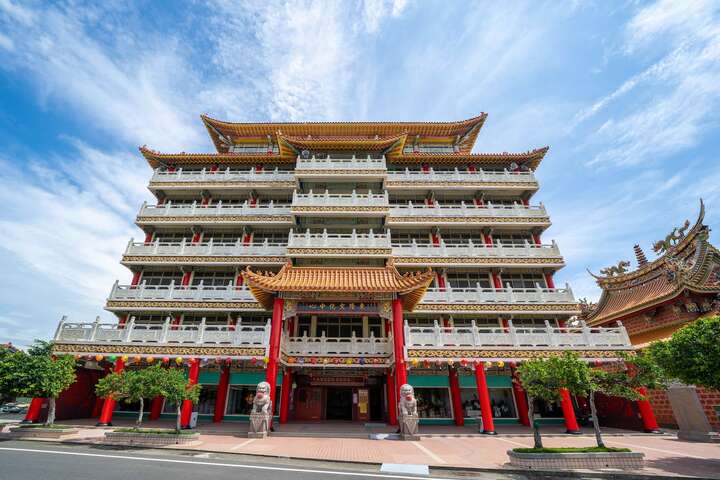Donglong Temple Wang Ye Faith Museum Introduction
Donglong Cultural Center, rich in folk artifacts, is home to the Donglong Temple Wangye Faith Museum, which spans over 200 square meters and features an architectural design that blends palace and traditional Minnan styles. Located on the third floor, the Donglong Temple Wangye Faith Museum's most significant feature is its exhibition of the origins of Wangye faith and the rituals of early rural temple fairs. The museum houses a vast collection of historical documents related to early Wangye faith, and it has invited sculptors to carve out dozens of styles of formations, such as the Song Jiang formation and the "Centipede Formation" of the 36 formations, using camphor wood. Each figure displays lively and animated expressions, allowing visitors to experience the scenes of various lively performances traditionally passed down in folk culture. Additionally, through the static display of artifacts, visitors gain in-depth knowledge of the rituals of inviting and sending off the deity, temple fairs, and other forms of folk art. Hero of Water Margin Museum Another feature of the Donglong Temple Wangye Faith Museum is its collection of terracotta figures representing the 108 outlaws of Liangshan from "Water Margin." Originally, Liangshan had no connection to Wangye faith, but due to the fondness of the temple's management staff, these figures were collected. Experts from the Shifang ceramic factory in Guangdong, China, were commissioned to create these 108 lifelike figures over the span of three years. Each sculpture is meticulously carved, showcasing the rugged personalities of the heroes who fight for the oppressed, making it a rare folk art piece in the country. Ritual Artifacts Museum Located on the eastern side of the fourth floor, the Ritual Artifacts Museum is an extension of the Wangye faith artifacts. The museum primarily displays folk ritual artifacts, including joss paper, ritual implements, and birthday celebration arrangements, providing detailed explanations and introductions to their uses, and serving as a thematic museum focused on researching and preserving folk customs.









































